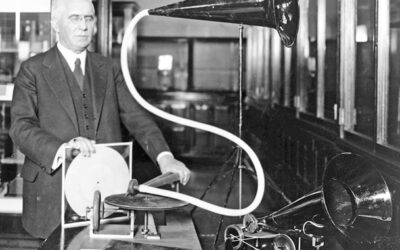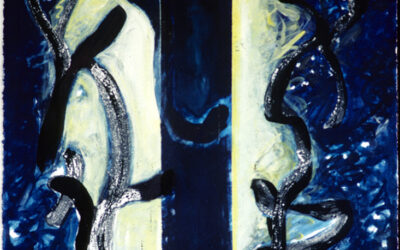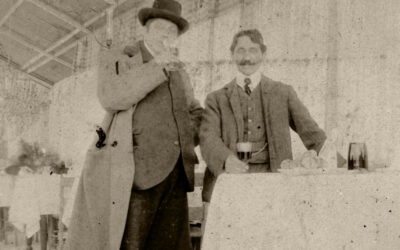Culture
Anna Karenina: Reigning Queen of the Little Black Dress
Audrey Hepburn’s little black dress in Breakfast at Tiffany’s is often cited as the original LBD. This offends me, personally, since Leo Tolstoy’s Anna Karenina was published a full century before that movie came out. Indeed, fans of Russian literature—or, let’s face it, of Keira Knightley—will recall the iconic black dress Anna wore to the ball where she first danced with Vronsky, breaking Kitty’s heart. But what makes Anna’s dress, and Tolstoy’s novel for that matter, so memorable that we still care about it nearly 150 years later?
Taylor Swift’s Midnights: Edgiest Album Yet?
Taylor Swift's Midnights: Edgiest Album Yet?Folklore, coupled with the nostalgia which Taylor Swift’s album re-releases inspired in me, were enough to transform me—a previously indifferent fan—into a full-fledged Swiftie. In the past two years, I’ve devoured Swift’s...
The Twilight Renaissance, and Telling Stories Over (and Over) Again
In a cultural era of movie remakes and Taylor’s Versions, an author choosing to retell their bestselling novel is still a relatively rare occurrence. However, the releases of Life and Death in 2015 and Midnight Sun in 2020 saw not one, but two instances of Stephenie Meyer revisiting her 2005 novel Twilight on its tenth and fifteenth anniversaries. Life and Death provides a genderbent take on the original, with protagonist Bella Swan being revamped as Beau Swan, and nearly all the other characters similarly altered. Midnight Sun, meanwhile, reverts to the original versions of the characters, but tells the same story from Edward’s perspective.
The Vinyl Resurgence: Finding Connection, Ritual, and Meaning Through Music
If you’re over the age of 24, you probably had a Walkman as a kid. And if you’re a bit older than that, you may also have had a VCR or tape player. Or maybe you had records, or you remember your parents having a record player on display or, more likely, tucked into the back of the basement closet. But no matter what media you consumed, we all have the common ground of knowing physical relics that no longer exist — or, that are no longer in regular societal use.
LGBTQ+ History Without Liveliness is Like a Bernice Bing Painting Without Emotion
LGBTQ+ History Month was started in 1994 by Rodney Wilson, a Missouri teacher who wished to celebrate and spread awareness of LGBTQ+ history and accomplishments. It is distinct from June’s Pride Month, which celebrates LGBTQIA2S+ people past and present, as well as LGBTQIA2S+ activism. LGBTQ+ History month typically engages with LGBTQ+ history and teaching through its annual list of 31 LGBTQ+ leaders, or “Icons,” from various points in history. Reading the biographies of these “icons” made me think about the ways in which LGBTQIA2S+ history is simultaneously comprised of communal and personal histories.
A (Surgical) Cut Above the Rest: A Retrospective on the Castrato
For any cool, modern champion of informed consent and bodily autonomy, there is perhaps no obsolete Western musical practice quite so untenable as the making of a castrato. The castrati (castrato in singular form) were singers surgically castrated prior to puberty and commonly associated with opera. The castration served to maintain the high vocal register present prior to some sexual maturation processes contingent on increased testosterone levels. One instinctive response to the past existence of castrati is revulsion. After all, many of us are understandably very sensitive about our genitals. But, despite the testicular anxieties the castrato figure evokes, castrati remain a fascinating case study for the cultural and sonic nuances of their era of European music.







